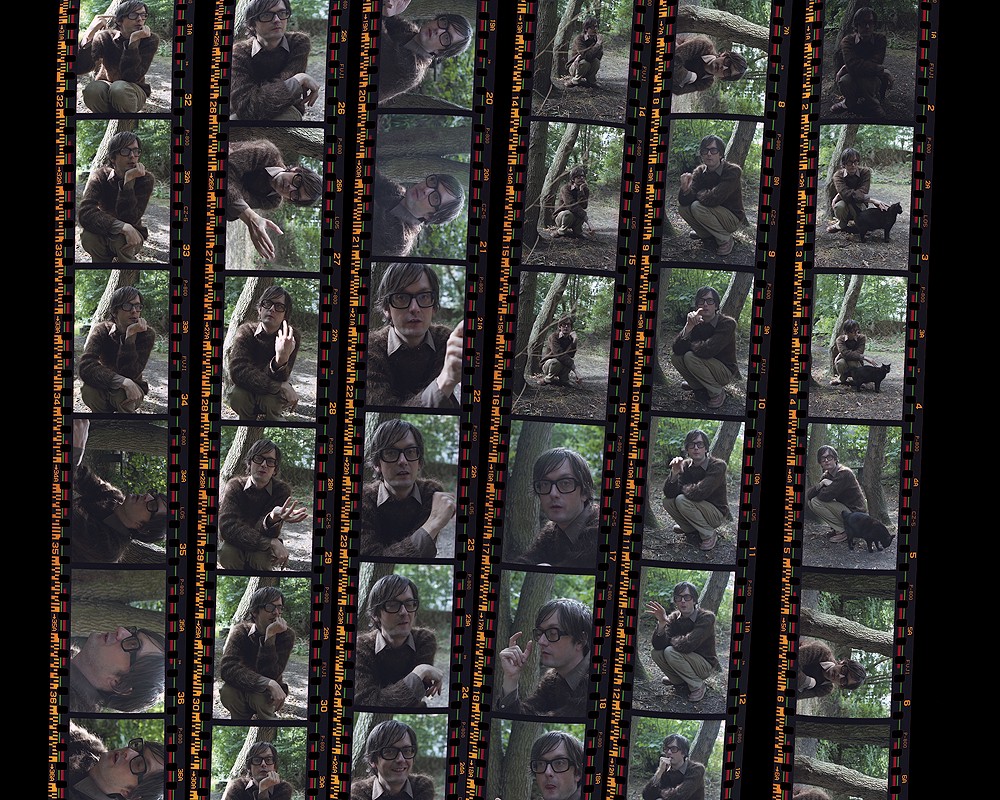
Writers believe that reading is the foundation of good writing. That’s all reading — the good, the mediocre, the bad and the truly awful, with no boundaries placed on where the written word appears, or how or why it was created. I’ve drawn an analogy with this and the teaching of photography as a visual language and I’d now like to extend that analogy to the logical outlet for connective elements of language — the narrative.
The love of reading is something which those of us who enjoy reading can take as a given. But in a formal education environment in which reading is often seen as an enforced chore, the early childhood joy of reading can easily and quickly be extinguished. The result of this is a rejection of all forms of reading and, as a result, of the narrative.
When I’ve asked students hoping to commence their photography studies at university what they read I have invariably been met with a sense of confusion. Why would I ask about books when they want to study photography? This confusion continues as I question them about films they have recently seen and film directors they admire. Of course, the connecting element in both of these creative forms is narrative, and it is an enjoyment and awareness of storytelling that I am searching for in their popular cultural influences. Sadly, it is rarely evident.
This linking of creative practices and the willingness to question and enquire seems to be rare amongst a generation for whom the ability to discover has never been so easy or so available. In addition to the rejection of reading there is also the obsession with the single image. I believe that in many ways the reason for both of these negative situations can be attributed to the digital platforms that have done so much good in connecting the global photographic community.
The limited character count of the tweet and the preoccupation with the single image on Instagram can reduce both attention span and the opportunity to develop complex and nuanced storytelling.
Both platforms can be extremely positive elements within a photographer’s professional practice, but they can also dominate both the presentation of the images and their creation. These are platforms where both long- and short-form narratives can be effectively showcased, but for this to happen the photographer needs to understand the construction of narrative not only through creation but also through editing.
The art of editing is a skill that can often take years to master based on shooting experience and developed visual knowledge, so it would be unrealistic to expect the novice photographer to immediately possess the ability to know which images lead, drive and deliver a narrative. Many student photographers have only known their own images as back-lit screen-based outcomes, viewed at a size and number dictated by the size of the screen.
I believe it is essential to encourage students to step away from the digital screen as a primary editing environment. They should print their work cheaply and quickly at a size that allows it to be viewed clearly. They should lay out their images on a floor so they can begin to see them as a developing body of work. This is nothing new to the experienced photographer, but this is often a revelation in thinking and seeing for many young photographers.
Digital platforms, and the way in which students engage with them, must bear some responsibility for the lack of awareness of the importance of narrative in visual storytelling. As a result, the understanding of the storytelling power of photography is where I think the most work needs to be done by the lecturer or teacher.
Encouraging students to see photography as something more than the creation of a “successful” single image requires them to see the importance of narrative in storytelling in related creative practices, from song lyrics to news articles, from a short story to a feature film. These areas have a creative synergy to photography, but this is not always obvious to the student photographer.
Without engaging with an understanding of narrative beyond photographic practice — combined with an enjoyment of storytelling — it is impossible to develop narrative as a photographer. It is also extremely difficult to teach narrative to people who have never considered narrative as an essential aspect of photography.
When using the word narrative in relation to photography, I am not restricting the area of discussion to documentary work. The creation of narrative is an essential ability whatever area of specialization the photographer works within or across, from fashion to food, from interiors to still life, from sports to portraiture, from news to cars. It is the creation of the narrative that not only fulfils a personal desire, but also a client brief.
For the past few years when discussing with photographers the connection between moving image creation and stills photography, I often use the analogy between the traditional analog contact sheet and the importance of a storyboard to a filmmaker. The sense of a narrative developing through a series of consecutive images is easy to explain from this perspective, but with digital frames the images are rarely seen and studied in this context of narrative progression.
Why is narrative such a difficult concept for young photographers to master? Because it is a concept that they are unaware of. It is something that they take for granted and do not question, something that visual digital sharing platforms do not encourage. Because it is something that is pushed to the back of the educational queue in favor of technical skills, post-production proficiency and other photographic aspects that fulfil an easily implemented marking matrix. And yet — just as with writing — the establishment of a clearly defined, developed narrative is the foundation of all successful storytelling.










